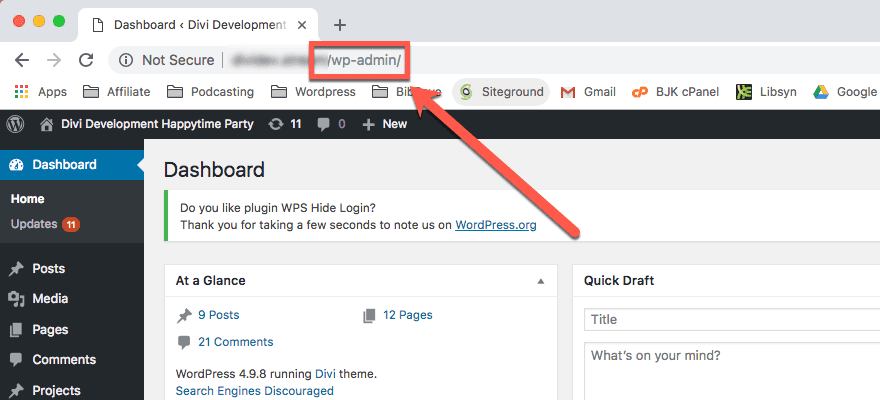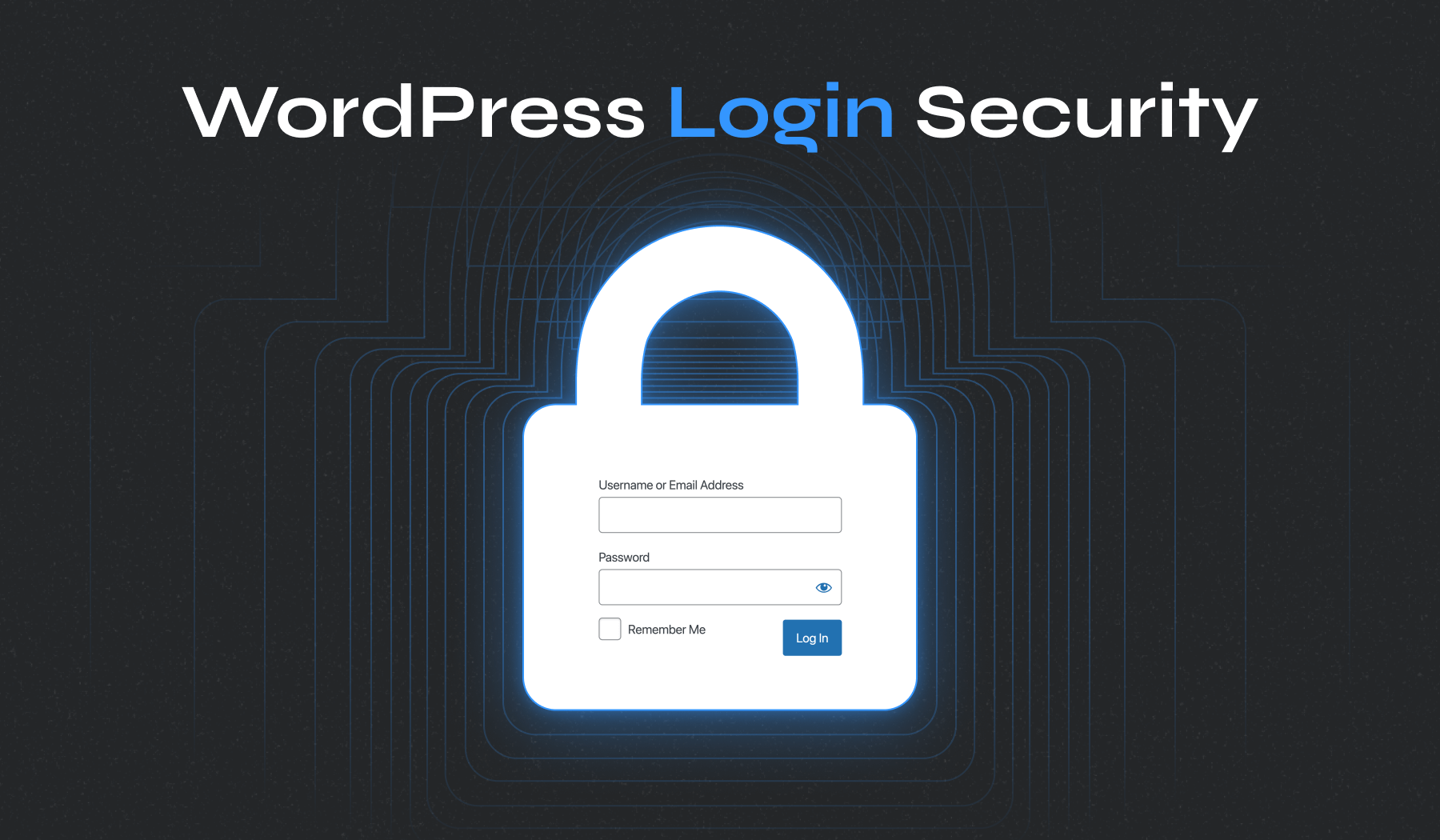
If you run a website on WordPress, the login process is your primary access point to the backend of your site. Whether you’re a beginner blogger or a seasoned developer, understanding the ins and outs of the WordPress login system is crucial for managing and securing your website.
This article is a comprehensive guide to WordPress login: how it works, how to troubleshoot common problems, how to customize it, and how to enhance security.
What is the WordPress Login?
The WordPress login page is the gateway to your website’s admin dashboard. Once you successfully log in, you gain access to the WordPress backend where you can:
- Write and publish posts
- Install and manage plugins
- Change themes and layouts
- Moderate comments
- Adjust website settings
It is, essentially, the control center for your site. That’s why it’s important to know how to access it and keep it secure.
Default WordPress Login URL
By default, the WordPress login page can be accessed by appending any of the following to your domain name:
- yourdomain.com/wp-admin
- yourdomain.com/wp-login.php
- yourdomain.com/admin (redirects to /wp-admin)
When you visit one of these URLs, you’ll be prompted to enter your username or email and password.
Example:
If your website is example.com, your login URL will be:
arduino
CopyEdit
https://example.com/wp-login.php
How to Log in to WordPress
Here’s a step-by-step process:
Step 1: Go to the Login URL
Visit: yourdomain.com/wp-login.php
Step 2: Enter Your Credentials
Enter your username/email and password that you used during WordPress installation or registration.
Step 3: Click on “Log In”
You’ll be redirected to the WordPress dashboard upon successful login.
Tip: Check the “Remember Me” box if you want to stay logged in longer without being prompted to log in again.
Troubleshooting WordPress Login Issues
WordPress login problems are common, especially for beginners. Here are some typical issues and how to solve them:
Forgot Password
Click on the “Lost your password?” link on the login page to reset your password via email.
Wrong Username or Password
Double-check for typos and make sure Caps Lock is off.
Locked Out Due to Too Many Failed Attempts
If you’re using a security plugin (like Wordfence or Login LockDown), repeated failed logins can result in a lockout. You may need to wait or access your site via FTP or cPanel to disable the plugin temporarily.
Error Establishing a Database Connection
This isn’t directly a login issue, but it can prevent you from accessing your login page. It usually means your database credentials are wrong in the wp-config.php file.
White Screen of Death
This blank screen can appear due to plugin conflicts, memory issues, or theme problems. Disable plugins or switch to the default theme via FTP to resolve this.
Customizing the WordPress Login Page
The default login page is quite plain. You can customize it for branding or improved user experience.
Manual Customization
You can add CSS to the functions.php file of your theme to change logos, background colors, and buttons.
Example:
php
CopyEdit
function custom_login_logo() {
echo ‘<style type=”text/css”>
h1 a { background-image:url(‘ . get_bloginfo(‘template_directory’) . ‘/images/custom-logo.png) !important; }
</style>’;
}
add_action(‘login_head’, ‘custom_login_logo’);
Use a Plugin
Some popular plugins for customizing login pages:
- Custom Login Page Customizer
- Theme My Login
- LoginPress
- WPForms (for custom login forms)
These allow you to customize login forms using drag-and-drop interfaces without any coding.
Improving Login Security
Because the WordPress login page is a frequent target for hackers, security should be a top priority.
Change the Login URL
Use plugins like WPS Hide Login to change the default login URL from /wp-login.php to something custom like /my-login.
Enable Two-Factor Authentication (2FA)
Add 2FA with plugins such as:
- Google Authenticator
- Duo Two-Factor Authentication
- Wordfence
This adds an extra layer of security requiring a code from your mobile device.
Limit Login Attempts
Install plugins like:
- Limit Login Attempts Reloaded
- Login LockDown
These lock out users after a certain number of failed login attempts.
Use Strong Passwords
Encourage users to use complex passwords and update them regularly.
Enable reCAPTCHA
Add Google reCAPTCHA to your login page using plugins like:
- Login No Captcha reCAPTCHA
- WPForms
Using Plugins to Enhance the Login Experience
Plugins can not only improve security and customization but also enhance the login functionality overall.
WPForms
Allows you to create a custom login form and place it anywhere on your site using shortcodes.
Nextend Social Login
Let users log in with their social media accounts (Facebook, Google, Twitter, etc.).
Theme My Login
A versatile plugin for frontend login, registration, and password recovery.
User Role Editor
Manage permissions and access levels for different users logging into your site.
LoginPress
Great for complete login page customization with templates, error message customization, and social login options.
Best Practices for WordPress Login Management
Always Log Out on Public Devices
Make it a habit to log out when you’re done, especially if you’re using a shared or public computer.
Regularly Audit User Accounts
Remove unnecessary user accounts and review user roles to prevent unauthorized access.
Use a Password Manager
Tools like LastPass or Bitwarden help you create and store complex passwords securely.
Backup Your Website Regularly
In case of a breach or issue with your login page, having a full backup ensures you can restore your site.
Keep WordPress Core, Themes, and Plugins Updated
Security vulnerabilities in outdated files can be exploited via the login page. Keep everything updated to minimize risk.
Implement IP Whitelisting
If your team works from static IPs, restrict login access to only those IP addresses using .htaccess rules or a security plugin.
Conclusion:
The WordPress login system might seem straightforward at first glance, but it plays a critical role in site management and security. Whether you’re a solo blogger or managing a large team of users, optimizing your login process ensures a smoother, safer experience for everyone.
From understanding the default login URL to customizing your login page and beefing up security with two-factor authentication, every detail counts. Implement the tips and tools discussed in this guide, and you’ll have a robust, user-friendly login system for your WordPress site.





